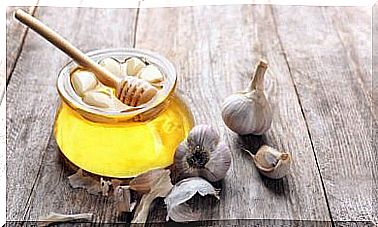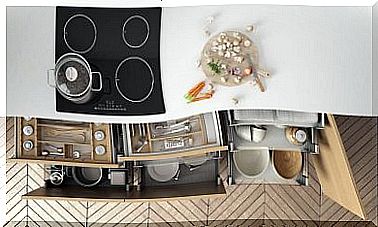Foods Rich In Calcium To Avoid Dairy Products
Did you know that milk is not the food that gives us the most calcium? Poppy seeds and wakame seaweed contain up to 10 times more.
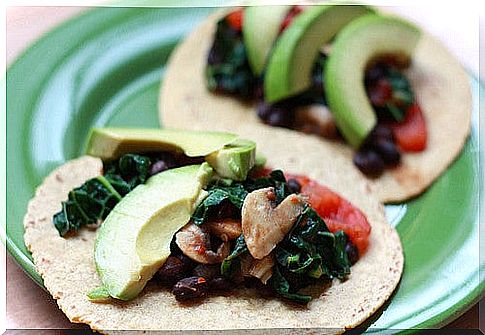
When we think of calcium, images of milk, yogurt and cheese come to mind. In this article, we are going to tell you about foods rich in calcium that make it possible to avoid dairy products.
Indeed, few of us know that calcium, essential for the proper functioning of our body, can be found in many other foods that are not part of the dairy family.
Calcium for all tastes
Good news for vegetarians, vegans and people with lactose intolerance. Calcium is not only found in dairy products.
Here are the food groups rich in calcium:
- fruit and vegetable drinks and juices
- dark green and leafy green vegetables
- the dried fruit
- mineral water
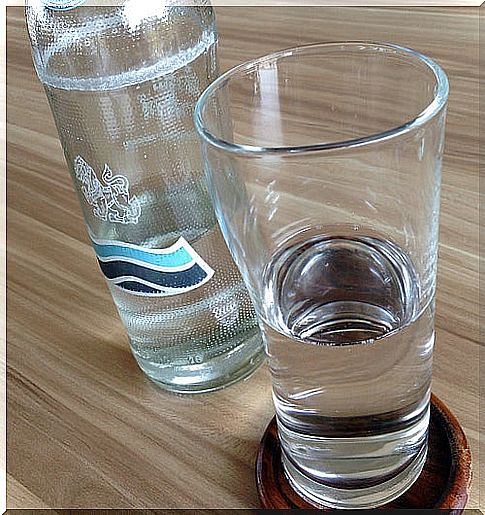
What foods are rich in calcium other than dairy products?
-
Dark green and leafy green vegetables
This type of vegetable is one of the richest foods in calcium that exist (even more than dairy products) and more particularly kale containing 135 mg of calcium per 100 grams of raw product.
In addition, cabbage contains provitamins A, vitamin K and vitamin C. Also, it can be considered a “super food”.
Also in this family of vegetables, you can find your daily calcium intake in chard and spinach. They can be eaten cooked with other vegetables, in the form of pies, pizzas, salads, donuts, etc.
-
Nuts
Almonds are the highest calcium tree nuts at 264 mg per 100 grams. They also provide vitamin E, vitamin B2, manganese and help reduce cholesterol.
Another good option in the tree nut family are Brazil nuts (160 mg to per gram) and hazelnuts. You can consume them as an aperitif, as a snack, a handful between meals, as a cake decoration or even in the form of vegetable milk.
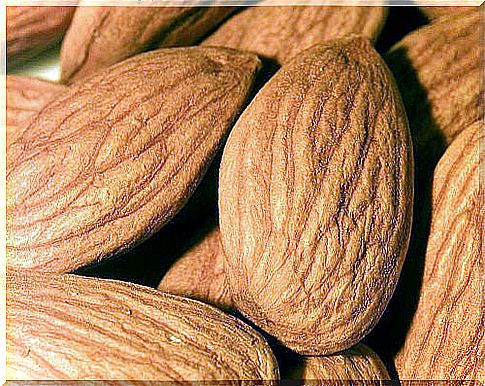
-
Dry aromatic herbs
They are usually used in small amounts. But if you get into the habit of adding them to all your dishes, in addition to adding more flavor, you will be able to benefit from the calcium contributions of these plants. Some can also be consumed in the form of herbal teas.
The most recommended aromatic herbs are thyme, dill, marjoram, sage, oregano, mint and basil.
-
Sesame seeds
The latter, when roasted, provide a large amount of calcium. These seeds will also provide you with vitamin B1, vitamin B6, manganese, magnesium and copper. Finally, you can also simply sprinkle it on your salads, pies, breads and even your juices.
-
Flax seeds
These seeds are as rich in calcium as sesame seeds. Flaxseed oil is anti-inflammatory and helps fight arteriosclerosis. You can for example make homemade bread with flax seeds, or put it in your juices, pies, salads, sauces and creams.
-
Dry vegetables
Pulses are foods rich in calcium since this mineral represents 13% of their total composition. White and black beans are the most valuable legumes when it comes to calcium. Plus, they help regulate blood sugar and blood pressure.
However, do not overdo it at the risk of suffering from bloating and gas. You can mix pulses with fresh vegetables in your dishes, especially your stews and other long-simmered dishes.
-
Dandelion
Dandelion is good for our health in every way. It is, in fact, diuretic, good for our liver, rich in antioxidants and, above all, provides more calcium than milk (187 mg per 100 grams). You can eat its leaves raw, in the form of salads, in the same way as spinach. You can also eat its cooked roots.
-
Orange
Orange is one of the few fruits which, with its 65 mg of calcium per unit, can provide you with an interesting amount of calcium. In addition, as you should already know, they are also rich in vitamin C. You can consume them in the form of juice, fruit salads, pies and other desserts.
-
Quinoa and amaranth
You may already know these two favorite pseudo-grains of vegetarian and vegan diets as dairy substitutes. Amaranth is one of the most nutritious plants in existence and consists of 18% calcium.
For those who cannot drink milk, mixing amaranth with rice can be a good alternative. You can eat it in the form of soups, or pan-fried with other vegetables.
As for quinoa, the latter has enormous beneficial properties for the body and can be eaten in the form of pies, or as a breadcrumb to revisit the Milanese schnitzel, for example.
-
The eggshell
Since ancient times, the eggshell has been known to contain a large amount of calcium and, therefore, contributes to the proper functioning of the body. Wash an egg without damaging the shell, squeeze a lemon and pour it over the egg. Leave to marinate for 12 hours, remove the egg with a wooden spoon and slowly drink the remaining liquid.
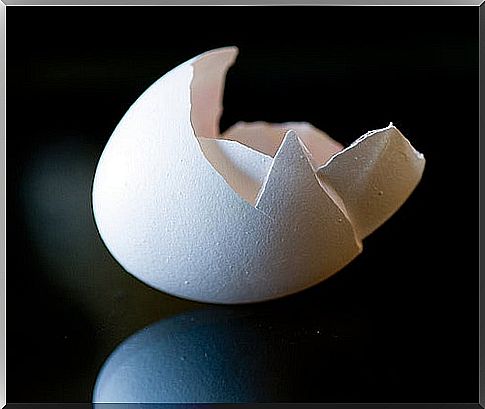
Some myths around calcium
In popular belief, dairy products are considered to be the most calcium-rich food group, best absorbed by the body in this form, and dairy products help fight osteoporosis.
In reality, you should know that it is in fact the poppy seeds that contain the most calcium (with 1448 mg per 100 grams), then comes the awake seaweed (1380 mg).
Cow’s milk and yoghurts containing only 120 mg of calcium pass even after plants like kombu seaweed, sesame, soybeans, almonds and kale which all contain more than 150 mg of calcium. per 100 grams.
In addition, it has been proven that the calcium contained in algae is much better absorbed. Next was that contained in dark green vegetables, dried fruits, oil seeds, whole grains and vegetables. Then finally come dairy products.
Finally, some recent studies have shown that, contrary to general opinion, milk could also be the cause of osteoporosis if it is consumed throughout one’s life.
For example, in countries that are large consumers of dairy products (Switzerland, Finland, Sweden, the Netherlands) we can find more cases of osteoporosis. While in countries that consume little (Liberia, Cambodia, Ghana, Congo) there are only very rare cases of osteoporosis.


